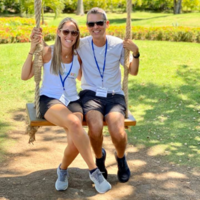Sometimes, treasures are hidden in plain sight. For instance, a house could be “just” a house, or it could have been a designated safe house for an enslaved man seeking freedom. A bridge could be “just” a bridge, or it could have been a gateway to freedom on the Underground Railroad. A street corner could be “just” a street corner, or it could be where a group of women met for the first convention for women’s rights.
I couldn’t help but get the feeling that there was "more to the story" in a recent visit to some of the remarkably beautiful towns in New York state. I was accompanied by my 18-year-old daughter, who has always had an appreciation for African American history. We discovered that many of the homes, streets, and waterways in New York state tell stories - stories of how those considered second-class in early America found freedom, or a voice, or assistance from their allies. The New York areas of Rochester, Auburn and Cayuga County, Seneca Falls and the Finger Lakes, and Niagara Falls tell a large part of this story. For history buffs, as well as parents who just want to bring the history books to life for their children, the treasures in these towns are many.
Please note: This story originally appeared in Macaroni Kid Family Travel in 2017. Please visit attraction websites and social media pages for the latest information on visiting.
Allow us to take you on a tour:
First Stop: Rochester, New York
For those seeking some play along with history, Rochester provides some of both. For family-friendly exploration, you’ll want to experience the Rochester Museum & Science Center. Be sure to visit Flight to Freedom: Rochester’s Underground Railroad. This is a permanent exhibit that explores Rochester’s role in the Underground Railroad, including of that of Rochester resident and abolitionist Frederick Douglass. The exhibit is interactive, and appropriate for all ages. The remainder of the museum site includes immersive exhibits, a planetarium, and a nature center. Great for all ages.
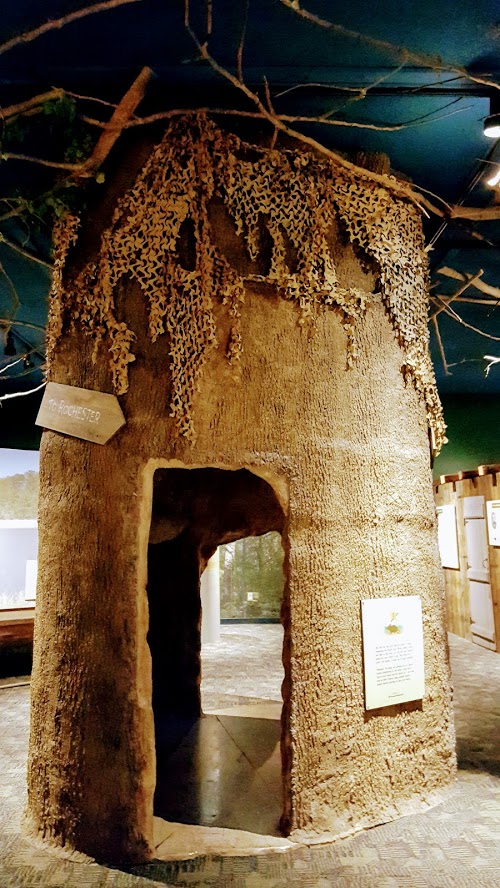
Next, the National National Susan B. Anthony Museum & House offers a perspective on civil rights that is largely unknown - that the anti-slavery effort largely intersected with the early women’s rights movement, and that Susan B. Anthony and Frederick Douglass were actually very good friends. This tour comes to life with an enthusiastic tour guide, and guests are able to immerse themselves into the thought processes of the early women’s movement. Because there are many untouchables in this museum, I would probably recommend this museum for your young history buff over the age of 8.
Those who want to honor Susan B. Anthony’s role in women’s history may want to make the pilgrimage to her final resting place at the picturesque Mount Hope Cemetery. Guests will also find the grave of Frederick Douglass there.
Guests young and old will love The Strong Museum of Play. The Strong is the only collections-based museum in the world devoted solely to play. Or, in other words, guests can look at the collections or play in the interactive exhibits. Children will love exhibits devoted to Sesame Street, reading (from Harry Potter to the Berenstain Bears), pretend shopping in Wegmans, and comic book heroes, as well as aquariums, a butterfly garden, a carousel, and so much more. And adults, tweens and teens will love the video games - from classic pinball machines to today’s games. And all guests will get a touch of nostalgia in the National Toy Hall of Fame, with toys on display from everyone’s childhood. Truly appropriate for all ages.
Local historian Dr. David Anderson also shared that one of abolitionist Frederick Douglass’ homes in Rochester is now the site of School #12. At that home, Douglass hid fugitive slaves en route to freedom. The site has a historical marker - hardcore history buffs may find it worth the visit.
Continuing on from Rochester, take the one hour drive to:
Second Stop: Auburn, New York
Auburn is the home of the Harriet Tubman National Historical Park. This non-descript home in Auburn was were the legendary conductor of the Underground Railroad spent over fifty years of her life. Recently named an official National Park, the site includes her home, the Harriet Tubman Home for the Aged, and (located five minutes away) the Thompson Memorial AME Zion Church that Tubman helped raise funds to build. Guests receive a twenty-minute presentation on her life, where you’ll likely learn a few things you didn’t know. Then, guests can explore the Home for the Aged and the exterior of the Tubman home. Although all children can learn something here, this tour will be particularly meaningful to children if they’ve learned about Harriet Tubman at school (as I witnessed when visiting - a young elementary-aged boy who’d recently done a report on Harriet Tubman listened to the tour guide eagerly and attentively and asked questions, while his younger sister squirmed.) Appropriate for all ages, more meaningful for kids 8 and older.
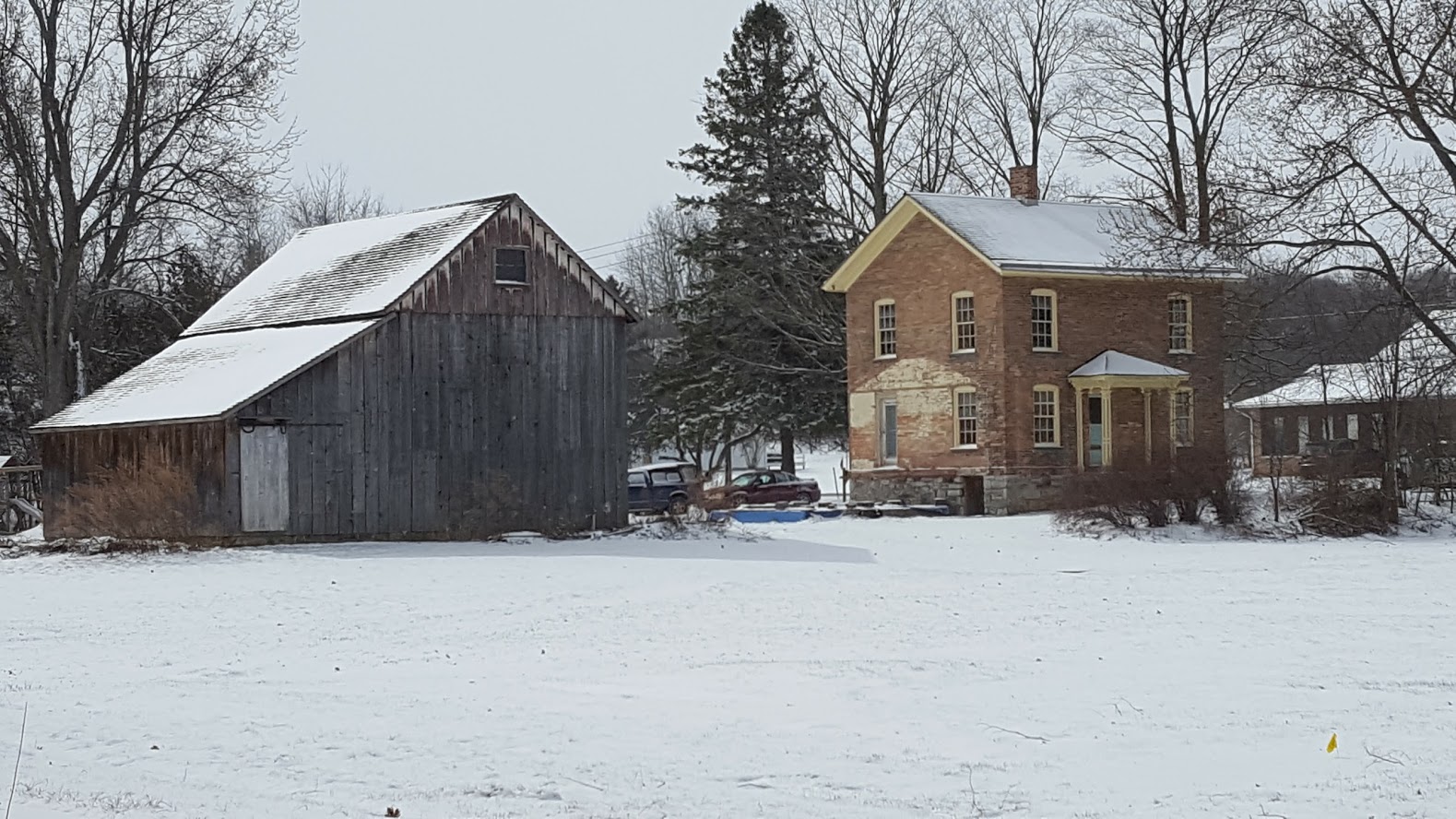
Auburn is also home to the Seward House Museum. We were pleasantly surprised by this, the home of William H. Seward, who was Abraham Lincoln’s Secretary of State. Seward’s home served as a stop on the Underground Railroad, and was the site for diplomacy with a plethora of leaders from around the world. Seward was instrumental in the development and signing of the Emancipation Proclamation, which granted freedom to slaves in America. (As an added bonus, the last remaining copy of the Emancipation Proclamation is in the home). Seward also purchased the land now known as as the state of Alaska. This tour is probably best for ages 10 and up, simply because it is a “no-touch” zone, and the tour, while extremely informative, would likely be “over the heads” of many younger children.
Third Stop: Seneca Falls, New York
Seneca Falls is home to the Women’s Rights National Historical Park. This site tells the story of the first Women's Rights Convention, held in Seneca Falls in 1848. It also tells the story of those in the movement, and highlights significant milestones in the movement. Guests are greeted by an interactive statue display of the planners of the first convention. And as stated earlier, anti-slavery efforts and women's rights efforts largely intersected, so there are stories of African-Americans interwoven into the women's rights exhibits, including those of Sojourner Truth and Harriet Tubman. A variety of women's issues are on exhibit, from it's beginnings in the 1800's until the 1990's. Next door to the visitor's center and exhibits is Wesleyan Chapel. This was the site of the first Women's Rights Convention, which is considered to be the formal beginning of the Women's Rights Movement in the United States. Re-enactments of the convention are held during business hours. Appropriate for all ages; perhaps more meaningful for children 8 and up.
Just down the street is the National Women’s Hall of Fame.
Seneca Falls and Cayuga County (Auburn) are part of the greater Finger Lakes Region of New York. The region is named appropriately for lakes that are shaped like fingers. Be sure to take a drive to nearby Cayuga Lake or one of the other lakes that comprise the Finger Lakes, where you'll find waterfront recreation. And for adults, the Finger Lakes is the biggest wine producing region in New York State, and boasts more than 100 wineries.

Cayuga Lake
Final Stop: Niagara Falls, New York
Niagara Falls was a gateway to Canada for many fugitive slaves on the Underground Railroad. But of course, when visiting Niagara Falls, one must see the falls at Niagara Falls State Park. American, Bridal Veil, and Horseshoe Falls make up this majestic landmark. And in season, guests can visit an on-site aquarium, adventure theater, or see the falls up close with the spectacular Cave of the Winds or Maid of the Mist experiences (complete with raincoat).
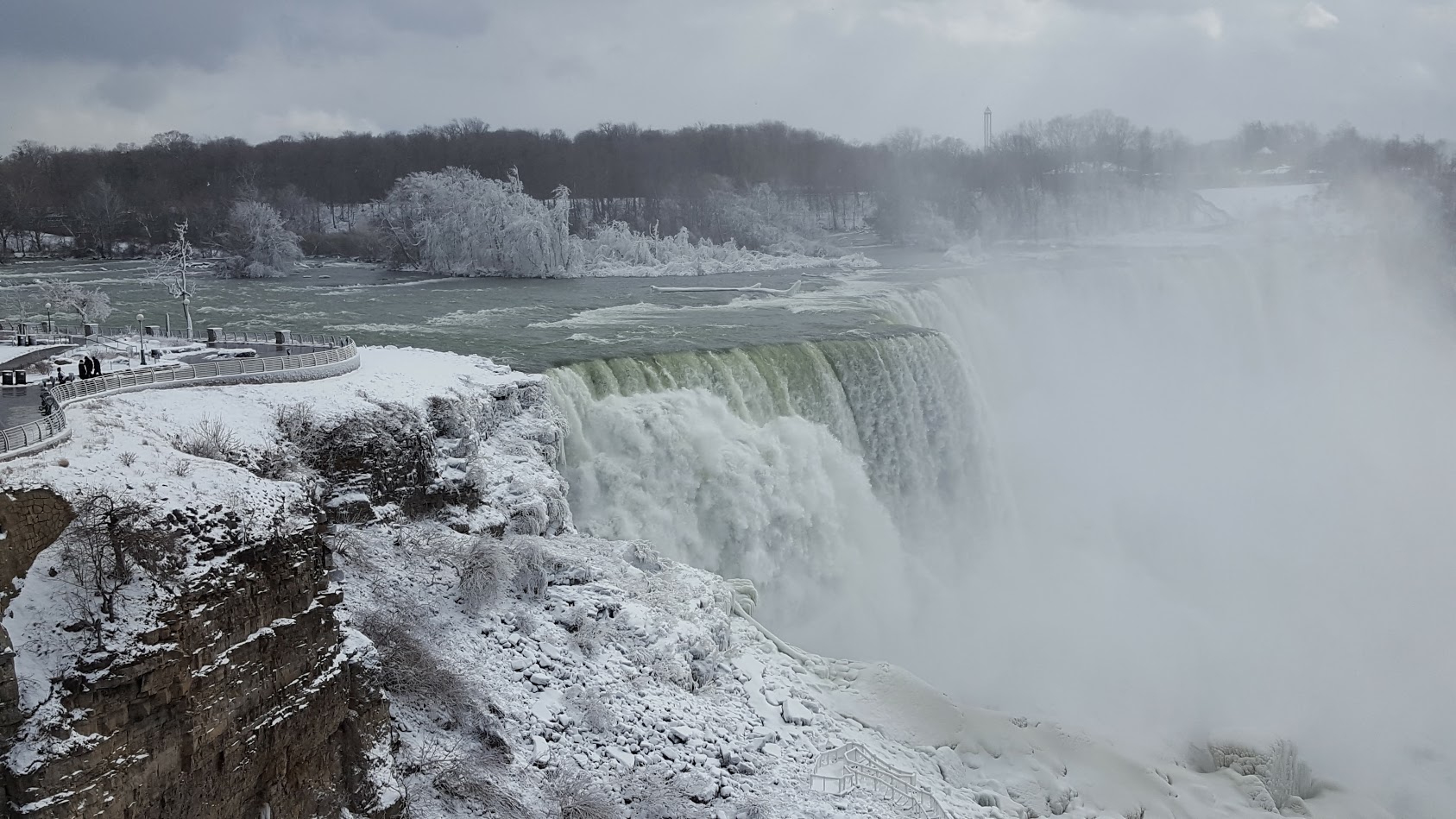
When looking to discover the role of Niagara Falls and vicinity in the Underground Railroad, visitors can book a tour with Motherland Connextions. Tours with Motherland Connextions allow participants to follow in the footsteps of those on the Underground Railroad, with history and stories and (depending on the tour) re-enactments along the way. Tour stops include:
- Murphy Orchards. Located 25 miles east of Niagara Falls, Murphy Orchard is the home to a fully functioning fruit farm, country store and tea room, housed in a 19th century farmhouse. Guests can purchase jams and jellies made on site. Behind the farmhouse is a barn that houses a hole - an actual spot where fugitive slaves hid. It is particularly humbling to see the size of the hole - and to think of men and women and children hiding there as they escaped to freedom.
- Freedom Crossing Monument, Lewiston, NY. There is a spot in the Niagara River with mild waters. It was at this spot in Lewiston, NY, where the waters were mild enough for many fugitive slaves to make their way to freedom in Canada. The shores at that time were staffed with bounty hunters and slave catchers hired to capture the slaves and take them back to the South. But the citizens of Lewiston volunteered to help fugitive slaves safely cross the border. This passage is honored with a monument at the shore. Also located in Lewiston are other sites that were used to safely hide fugitive slaves, including Presbyterian Church and Tryron's Folly (a mansion with it's own story).

- Whirlpool State Park in Niagara Falls provides an off-the-beaten path view of the Falls, as well as a view of the Niagara Falls Suspension Bridge. The suspension bridge was used by Harriet Tubman to lead escaped slaves to freedom in Canada.
When in Niagara, check out the all-new Doubletree by Hilton located within walking distance of Niagara Falls State Park. The hotel, which held its grand opening in January 2017, offers a modern decor that is also warm and welcoming. Families will value the spacious rooms and the above-and-beyond service provided by the staff. Since this was our first trip to the area, the insider's tips provided at check-in were very much appreciated.
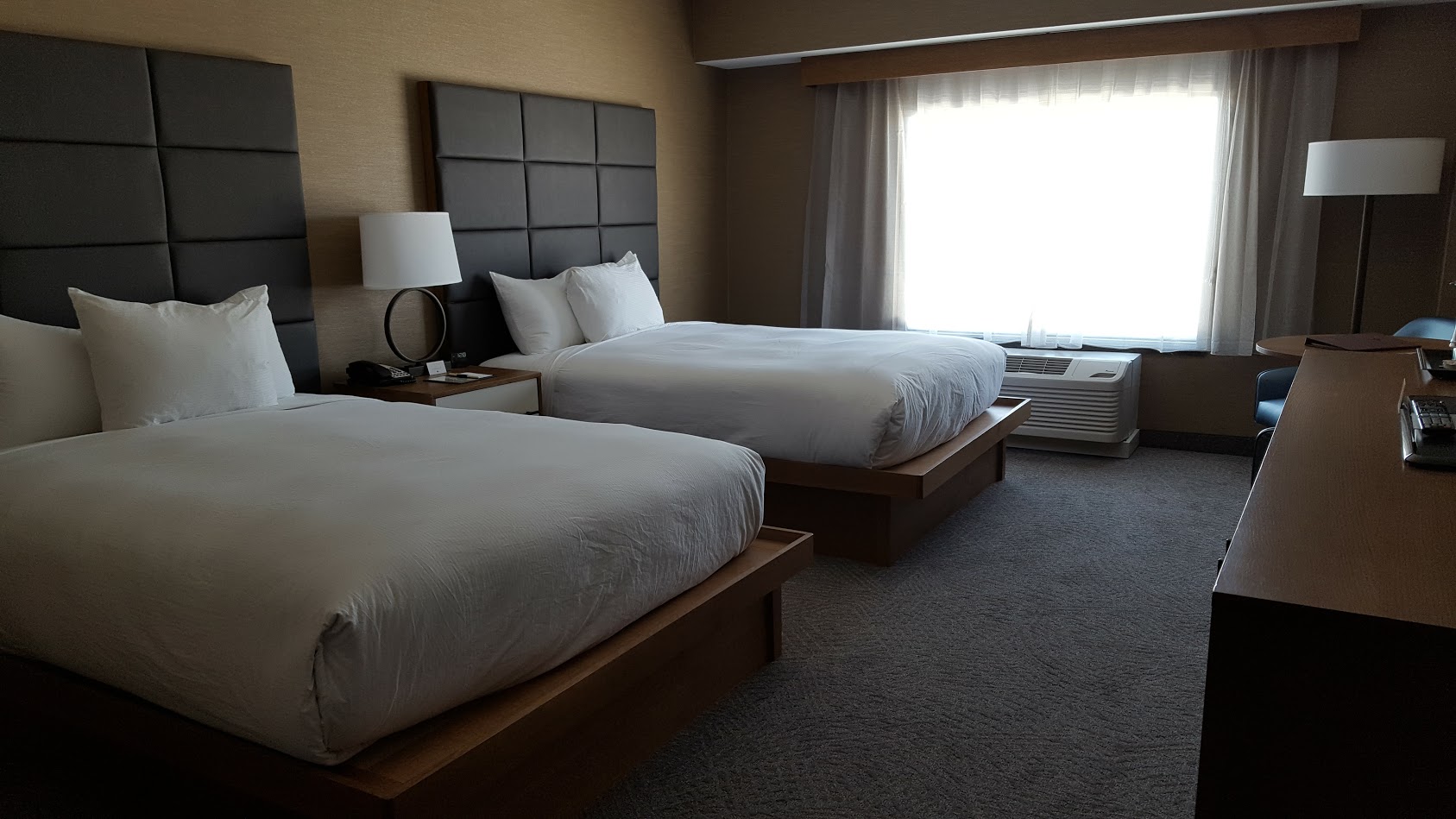
As we conclude our tour, I'd like to add a personal note. This trip is one that I'd looked forward to for months. I longed to explore what the those before us experienced - to get that intangible sense of what they may have gone through. To stand where they may have stood. To imagine what they were thinking. These sites provided that and more. There are more places to discover in NY State - check here for more on the Underground Railroad throughout the state.
I'd also like to add two things that I did not expect - cold and warmth. I am a born and raised Texas resident. We visited the area on the weekend with the coldest temperatures of the season (as of that date) - the high temperature most days was in the twenties. And I'd never seen the amount of snow that I witnessed that weekend, much less driven in it (thus, the snow in all the pictures). So I needed tips. The people in the regions visited were just so warm, welcoming and friendly. The genuine hospitality from everyone I encountered was unexpected, but truly appreciated. (Yes, someone even scraped the snow off my windshield). So whether you're planning a trip to explore the history or to see the beauty or to visit the family-friendly attractions or to drink wine at a winery, you are sure to find helpful residents who love their area and provide warm hospitality - even on the coldest visit.
The author and guest received complimentary accommodations, transportation, dining, and access to attractions for the purpose of researching the writing of this article. Any opinions expressed are that of the author.


